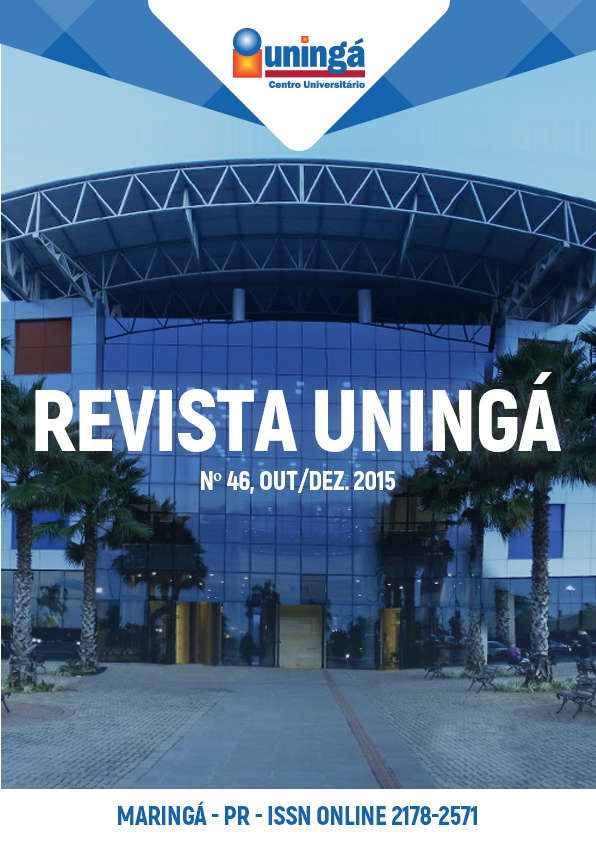INSETOS DIPTERAS COMO POLINIZADORES EM ORCHIDACEAE
DOI:
https://doi.org/10.46311/2318-0579.46.eUJ1249Abstract
A polinização é o principal processo de reprodução em
plantas, e os insetos são um dos grupos mais atuantes nesse
mecanismo. Nas orquídeas os membros da ordem Hymenoptera
se destacam, entretanto dípteras, lepidopteras e
coleopteras também exercem este papel. Com objetivo de
identificar o agente polinizador mais frequente no Orquidário
da Universidade Estadual de Maringá, efetuamos
coletas quinzenais, durante os meses de agosto de 2012 até
Junho de 2013, no período vespertino entre 14h00 e 18h00,
totalizando 22 coletas. Foram utilizadas armadilhas adesivas
de coloração amarela e azul, coletas manuais com pinça
e aspirador na superfície das plantas, puçá na parte aérea,
bandejas com colorações atrativas (azul, amarelo e roxo) e
garrafas plásticas contendo iscas orgânicas. Os insetos coletados
permaneceram em álcool 70% e foram transportados
até o Laboratório de Controle Biológico, Morfologia e
Citogenética de Insetos/DBC/UEM, para posterior identificação.
A entomofauna caracterizada através de acervos
bibliográficos, registrou 7 (sete) ordens: Díptera (43,95%);
Hemíptera (17,94%); Hymenoptera (17,94%); Dermaptera
(12,82%); Coleoptera (4,39%); Lepidoptera (2,19%) e
Homoptera (0,73%). Os dados obtidos sugerem que a polinização
das plantas da família orchidaceae foram realizadas
por dípteras.
Downloads
Downloads
Published
How to Cite
Issue
Section
License
I declare/we declare that the text submitted here is original, of my own authorship and does not infringe any type of third party rights. The content is my/our sole responsibility. Possible research involving animals and/or human beings is in accordance with Resolution 196/96 of the National Health Council and its complements. I declare that I am/we are in possession of the written consent of patients and that the research and its procedures were timely and adequately approved by the Ethics Committee of the institution of origin. We further declare that all institutional affiliations and all sources of financial support for the work are duly informed. I certify that there is no commercial or associative interest that represents a conflict of interest related to the submitted work. If there is commercial interest, in addition to the technical and academic ones, in the publication of the article, the information will be reported during the text.



































